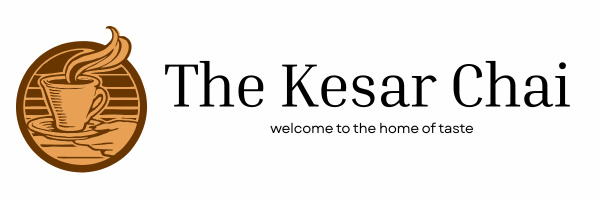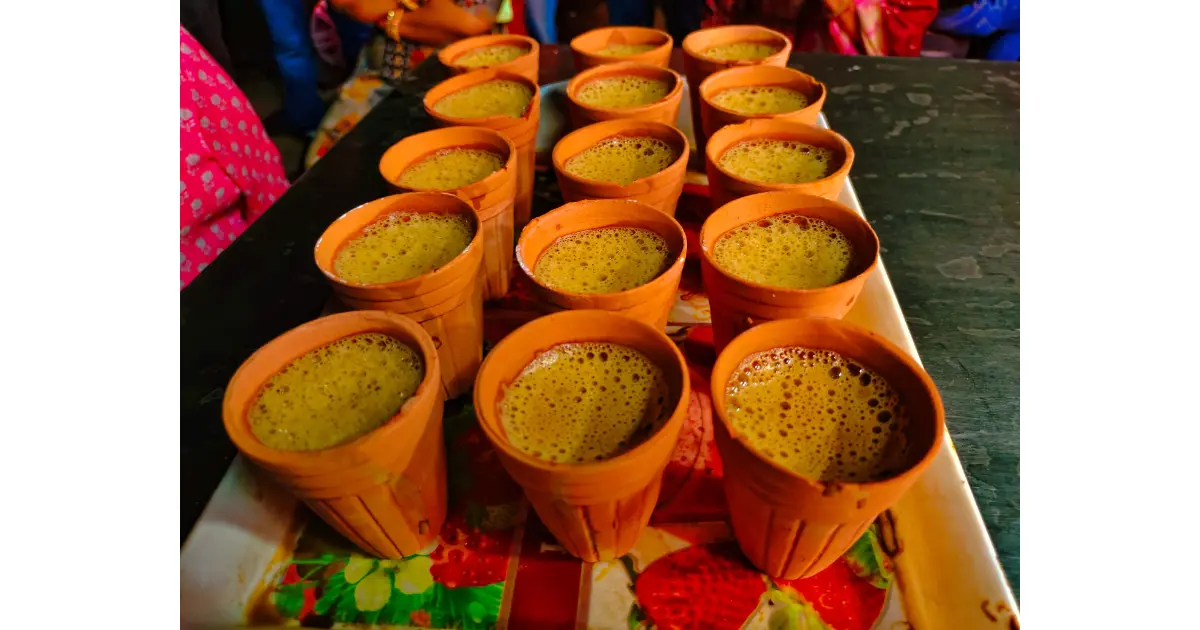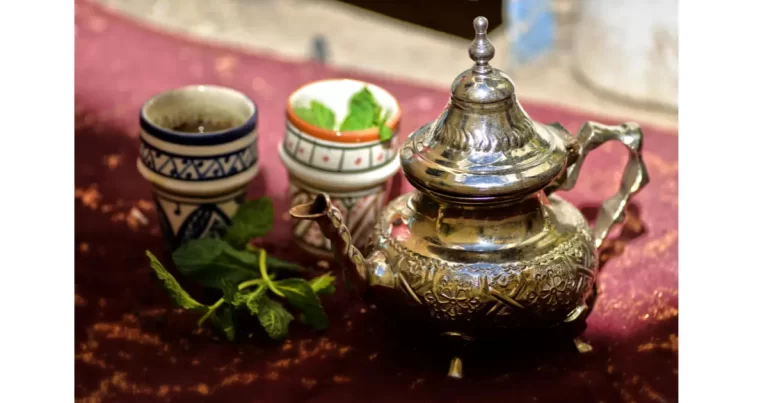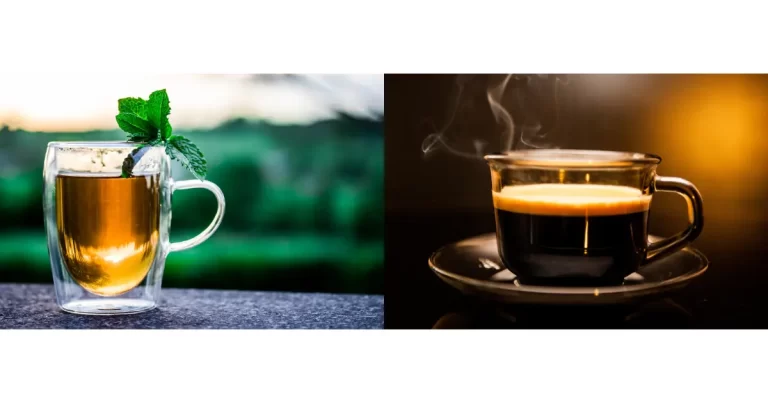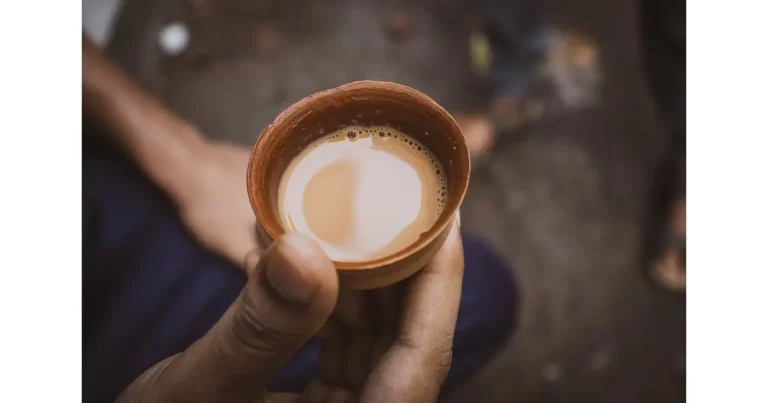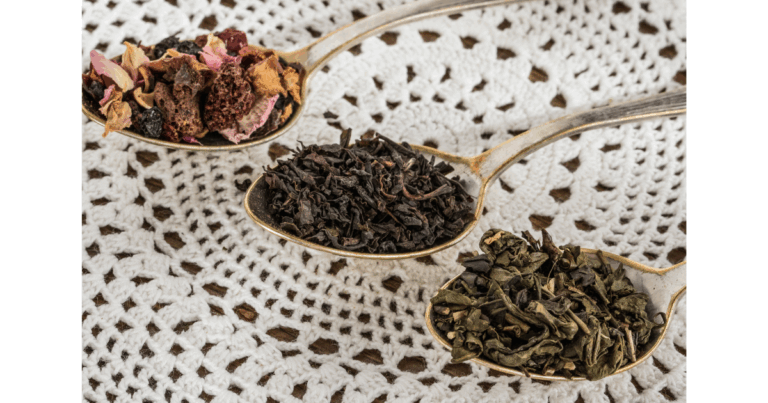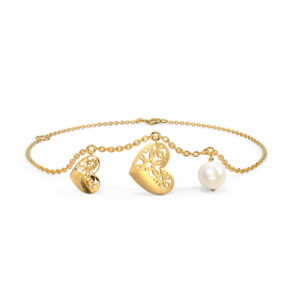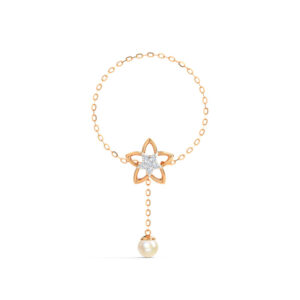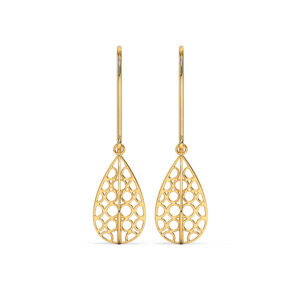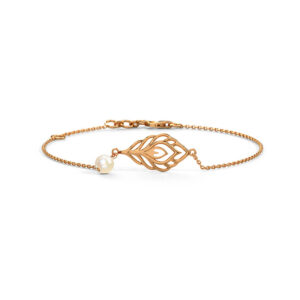Walk into any café today and you’re likely to find a “chai latte” on the menu. What was once a humble spiced milk tea from the streets and homes of India has now found a place in global coffee culture. But how did chai become such a worldwide sensation? The story of chai is deeply rooted in India’s history, culture, and its creative way of reimagining tea.
The Origins of Chai in India
Tea wasn’t always a staple in Indian households. Although India had wild tea plants for centuries, it wasn’t until the British colonized the region in the 19th century that tea cultivation took off. The British East India Company wanted to break China’s monopoly on tea, so they began planting tea estates in Assam and Darjeeling.
Initially, tea was promoted in India as a Western-style beverage: black tea with milk and sugar. However, Indian street vendors and households adapted it in their own way, adding spices like ginger, cardamom, cloves, cinnamon, and black pepper to create what we now know as masala chai—literally “spiced tea.”
Chai as a Daily Ritual
Over time, chai became a part of everyday life in India. It wasn’t just a drink—it was an experience. From train stations to local street corners, you’ll find chaiwalas (tea vendors) brewing and serving hot cups of chai in small clay cups or glasses. It’s a symbol of hospitality, a break from the hustle, and a way to connect with others.
Chai became more than just tea; it became India’s comfort drink, shared by everyone from busy office workers to rural farmers.
Bollywood, Migration, and the Spread of Chai
India’s influence on global food culture has grown over the years, thanks in part to migration and the popularity of Indian cuisine. Indian restaurants around the world introduced chai to foreign diners as a finishing touch to meals. Bollywood movies also helped bring Indian culture—including chai—into the spotlight.
As Indian communities settled across the UK, US, Canada, and Australia, they brought their food traditions with them. Slowly but surely, chai started showing up outside of Indian homes and restaurants, making its way into international cafés.
Chai Meets the West: The “Chai Latte” Craze
The real explosion came when Western coffee chains like Starbucks introduced the chai latte—a frothy, spiced tea drink served like a coffee latte. It wasn’t always authentic (many versions are overly sweet or pre-mixed), but it sparked curiosity about chai’s roots.
From there, chai-flavored ice creams, candles, protein bars, and cocktails followed. Brands started offering chai concentrate, chai tea bags, and even chai cold brew. What was once a homemade Indian classic was now a global flavor trend.

Chai’s Global Appeal
So why did chai catch on ? It’s simple: chai is warm, comforting, flavorful, and endlessly adaptable. It brings together sweetness, spice, and creaminess in a way that appeals to many palates. And behind every cup is a rich cultural story that connects people across continents.
Final Thoughts
India didn’t just give the world a drink—it gave a ritual, a rhythm, and a reminder to slow down and savor. Chai’s journey from Indian kitchens to global cafés is a testament to how tradition, migration, and creativity can turn something local into a worldwide phenomenon. And as long as people crave comfort in a cup, chai’s legacy will only keep growing.
